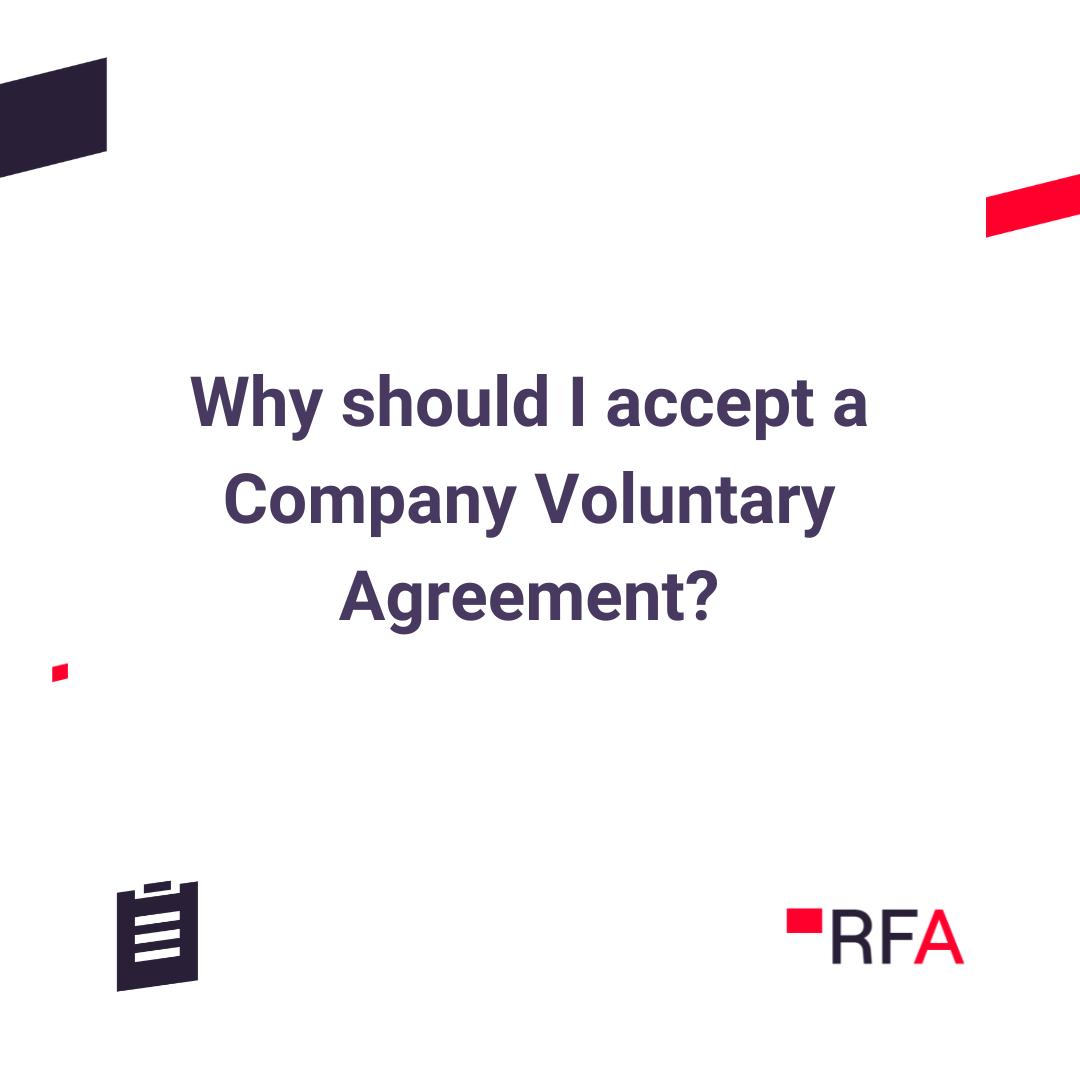Browsing the First Gazette Notice for Compulsory Strike Off
Wiki Article
A Comprehensive Overview to the Compulsory Strike Off Procedure in Corporate Administration
The obligatory strike off procedure, a vital component in corporate administration, offers as a system to implement compliance and maintain the integrity of the organization setting. As companies evolve and situations modification, the demand to strike off a business may develop for different factors.
Reasons for Compulsory Strike Off
What situations result in the requirement of a required strike off in corporate governance? There are numerous vital factors that might prompt the initiation of a compulsory strike off procedure for a firm. One common situation is when a company stops working to follow its legal obligations, such as submitting monetary declarations or yearly returns to the pertinent authorities. Non-compliance with regulative requirements can raise problems regarding the company's procedures and economic health and wellness, leading to the decision to strike off the business from the register.In addition, firms that have actually stopped trading or are no much longer executing any type of service tasks might also deal with mandatory strike off. This can be as a result of bankruptcy, mergings, or just a decision to wind up the firm. In such cases, maintaining the firm on the register would certainly serve no purpose and can potentially create complication among stakeholders.
Ultimately, the requirement of an obligatory strike off in business governance occurs when a firm is no much longer operating according to the legislation or has ended up being defunct, demanding its removal from the authorities records.
Legal Ramifications and Risks
Provided the circumstances that trigger a compulsory strike off in corporate governance, it is critical to recognize the lawful effects and dangers related to such activities. When a firm is struck off the main register, it discontinues to exist as a lawful entity. This can have significant repercussions for supervisors, creditors, and investors. Supervisors may encounter personal responsibility for firm financial obligations incurred after the dissolution, exposing their assets to possible seizure. Investors lose their financial investment in the business, and creditors might discover it testing to recoup debts owed to them.In addition, there are lawful consequences for people entailed in the management of a business that has actually been forcibly struck off. In addition, the reputational damage from a compulsory strike off can have lasting effects on people and their ability to engage in future company ventures.
Action In the Strike Off Process
Starting the obligatory strike off process in company administration entails a series of recommended actions described by governing authorities. The initial step typically needs the business to send an official application or alert to the appropriate government company or registrar signaling its intent to be struck off the official register. Consequently, the firm is often called for to settle any type of outstanding responsibilities, financial obligations, or tax obligations to make certain compliance with regulatory requirements.When the initial paperwork is sent and monetary commitments are fulfilled, the regulatory body will certainly publish a notice in the main gazette or a comparable publication to notify stakeholders concerning the impending strike off - first gazette notice for compulsory strike-off. This notification works as a last possibility for any interested celebrations to increase arguments or existing legitimate reasons that the business must not be dissolved
Following the magazine of the notification, the regulative authority will certainly proceed with the strike off process if no significant objections or barriers emerge. The firm will after that be officially liquified, and its name will certainly be gotten rid of from the register, effectively noting the verdict of the required strike off procedure in company governance.
Files Required for Strike Off
In compliance with regulatory standards, details documentation must be provided to facilitate the strike off procedure in business governance. The called for papers normally consist of an official application for strike off, which needs to be finished accurately and submitted to the pertinent regulative authority. Additionally, monetary statements, such as the business's most recent annual report, must be included to ensure that all monetary commitments have been cleared up before launching the strike off treatment. Furthermore, a declaration of solvency or a declaration confirming that the company has no exceptional obligations is commonly mandated to demonstrate that the entity can be dissolved without triggering injury to its creditors. Any type of essential approvals from shareholders or board members ought to be recorded and confined with the application. It is important to guarantee that all the requisite paperwork is thoroughly prepared and sent in conformity with the recommended guidelines to quicken the strike off process successfully. Failing to give the needed documentation may lead to delays or complications in the dissolution of the company.Post-Strike Off Commitments and Considerations
Complying with the conclusion of the needed documentation for strike off, attention shifts to the post-strike off commitments and factors to consider that are vital in the corporate administration procedure. When a business has actually been struck off the register, it is important to ensure that all staying properties are taken care of appropriately. This includes dispersing any continuing to be funds among shareholders and working out any arrearages or liabilities. In addition, firm supervisors must guarantee that all tax responsibilities are satisfied, last employee repayments are made, and that all needed filings are completed with relevant regulatory bodies.what is compulsory strike off

Conclusion
Finally, the mandatory strike off procedure in corporate governance works as a needed device to remove inoperative companies from the register. Understanding the reasons, lawful ramifications, steps, and files needed for strike off is vital for conformity with governing demands. It is essential for companies to accomplish their post-strike off commitments and consider the effects of this process in order to maintain good standing and prevent possible risks.
There are a number of key reasons that might prompt the initiation of a compulsory strike off treatment for a company (first gazette notice). Non-compliance with regulatory requirements can raise issues about the firm's operations and monetary wellness, leading to the decision to strike off the company from the register

Report this wiki page